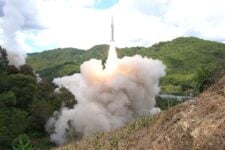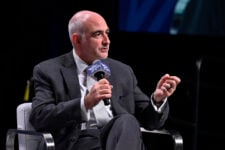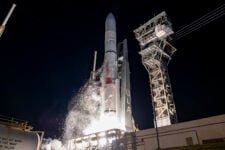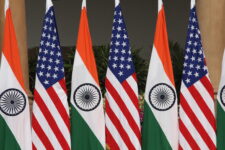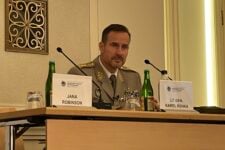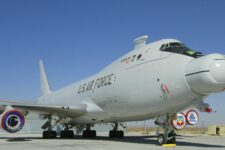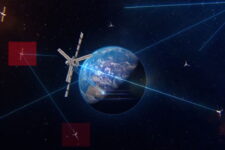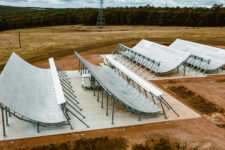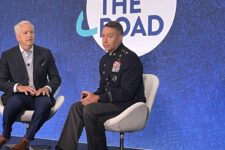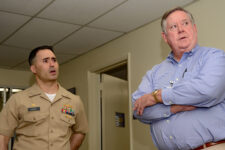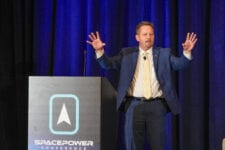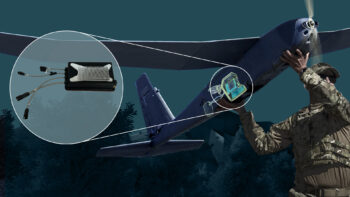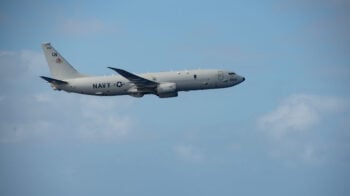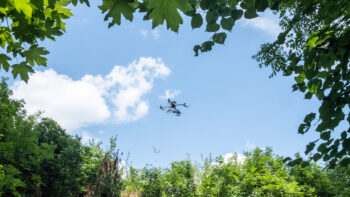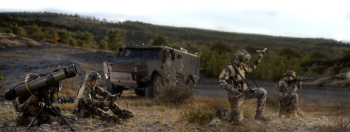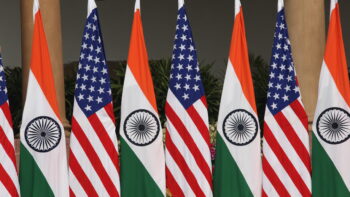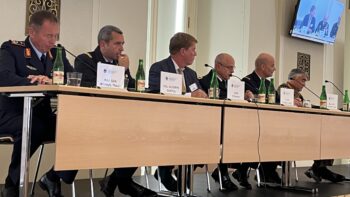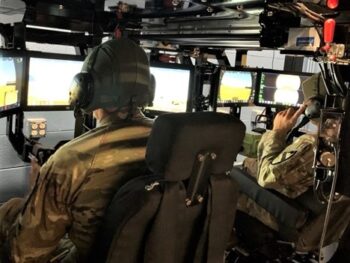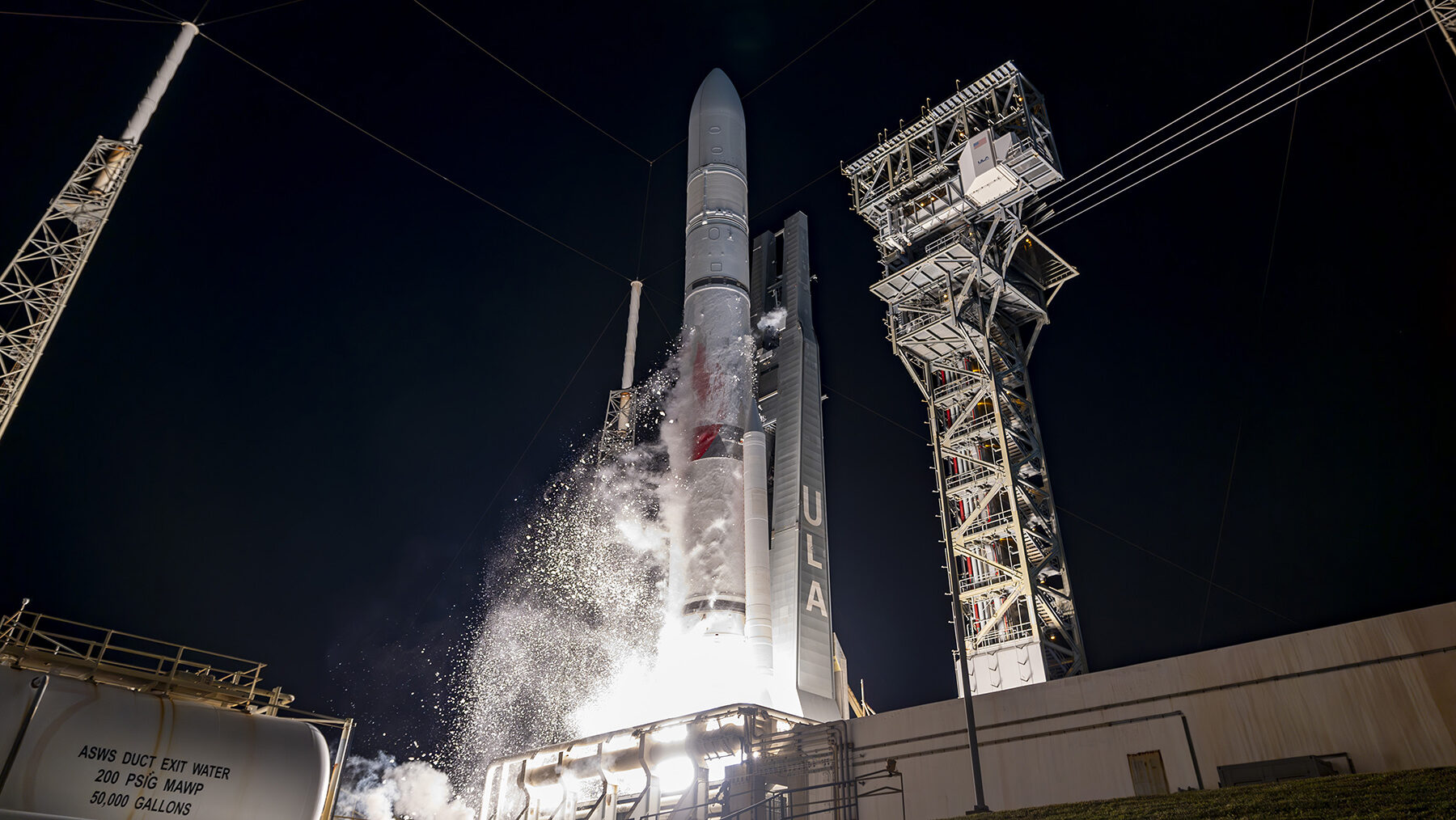
ULA’s first Vulcan rocket lifts off from Space Launch Complex-41 at 2:18 a.m. EST on January 8, 2024. (Photo: United Launch Alliance)
WASHINGTON — Faced with a ticking clock on its readiness to fly two national security missions by the end of the calendar year, United Launch Alliance is now planning the second, and final, Space Force certification launch (Cert-2) for its Vulcan heavy-lift rocket for September, says ULA CEO Tory Bruno.
“We’ll be targeting September, earlier in September rather than the end of the month, for Cert-2,” he told reporters today.
The Vulcan program has had Pentagon and Space Force leaders on pins and needles due to a series of delays in its development and production, to the point of questioning whether Vulcan would be able to fulfill its contractual obligations. Vulcan’s first National Security Space Launch (NSSL) certification launch was in January, nearly four years late.
ULA and SpaceX were contracted by the NSSL Phase 2 program in 2020, under an indefinite delivery/indefinite quantity award covering all Space Force and National Reconnaissance Office launches between 2022 and 2027. ULA was awarded a 60 percent share of all the launches.
Further, ULA along with SpaceX and Blue Origin on June 13 won spots to compete for a total of $5.6 billion in contracts for launches to low Earth orbit under what the Space Force calls Lane 1 of the NSSL Phase 3 program covering launch orders from fiscal 2025 to 2029, with an option for another five years of launch orders. The Space Force orders launches two years in advance.
The new contract comes despite the fact that, as first reported by the Washington Post, Air Force space acquisition czar Frank Calvelli in May wrote to ULA’s parent firms to express his concern that Vulcan might be unable to keep up with the Space Force’s requirements — complaining that “Currently there is military satellite capability sitting on the ground due to Vulcan delays.”
Bruno said that “it’s absolutely appropriate for everyone, including a customer, to focus on ramping up the rocket for us, that is the primary thing we’re working on right now. It requires two things … a much higher production rate in the factory and in our supply chain, and then infrastructure that supports the higher launch rate at the launch site.”
Bruno explained that Calvelli asked Lockheed Martin and Boeing to create an independent review team (IRT) to “help” Vulcan production rates and launch site readiness remain on track. The IRT began work in early May, he said, and is keeping an eye on the program “from soup to nuts.”
Bruno also stressed that he is in regular touch with Calvelli on Vulcan’s progress.
“I go back and I brief Mr. Calvelli frequently in some great detail, which is gratifying that he has that much attention to spend on this, and I appreciate his help,” he said.
Bruno said he is confident that Vulcan will be more than ready to loft the two NSSL Phase 2 missions it has on its manifest: USSF-160, which among other payloads will carry the Navigation Technology Satellite-3 (NTS-3), an experiment funded by the Air Force Research Laboratory as an alternative to the GPS satellites for positioning, navigation and timing; and USSF-87 carrying a classified payload.
“We’ll get there, and we’ll get there with margin,” he said. “I’m feeling pretty confident. It is a lot of work, so it needs to be paid attention to and it needs to be managed. That’s how you get success. I would absolutely expect my customer, who has critical missions with us, to be right there with us, shoulder-to-shoulder, monitoring this, helping out — IRT is a help, you know — helping us get through it.”
In particular, Bruno said he believes engine subcontractor Blue Origin is over the hump with its BE-4 engine, designed to replace the Russian RD-180 engine used by ULA’s Delta IV Heavy and Atlas V rockets. Congress banned use of the Russian engine as of the end of 2022; ULA subsequently has phased out production of Delta IV and Atlas V. Vulcan’s first stage is powered by BE-4, and delays in its development have been a major cause in the schedule slip in Vulcan’s debut.
“Blue has been a long pole previously, because it took them just a little bit longer to get this new kind of methane-based, very large rocket motor through development. But it is through, and they are ramping up their factory right now. And since you’re asking me this question now, I will say I have a great deal more confidence in Blue’s ability to meet our needs,” Bruno said.
As for Cert-2, Vulcan was originally set to carry Sierra Space’s Dream Chaser space plane to the International Space Station, Bruno said, but due to delays with Dream Chaser it instead will carry an “inert” payload and some experimental systems designed to test the thrust, endurance and attitude control limits of the upper stage Centaur V.
“We have been informed by Sierra Space that they feel they have significant risk towards making the flight date — the mid-year flight date was what we assured in the past for our Cert-2 mission — and have told us that they will step aside in order to support our critical national security space missions that come afterwards,” he said.
That decision was made solely by Sierra Space, Bruno said. ULA had previously been planning to wait until Oct. 1 for Dream Chaser to be ready, but Bruno said the company’s CEO Tom Vice was concerned about “putting a little too much schedule risk against my needs.”
The payload swap thus allowed ULA to move Cert-2 to early September, he noted.
Bruno said ULA is now working with Sierra Space to set a new launch date for Dream Chaser.
Space Force working with SpaceX to closely watch falling Starlinks
The Space Force today circulated a fact sheet explaining what the service called a “proactive” and “collaborative” effort to keep tabs on Starlink re-entries as SpaceX begins to de-orbit some 100 early variants.

